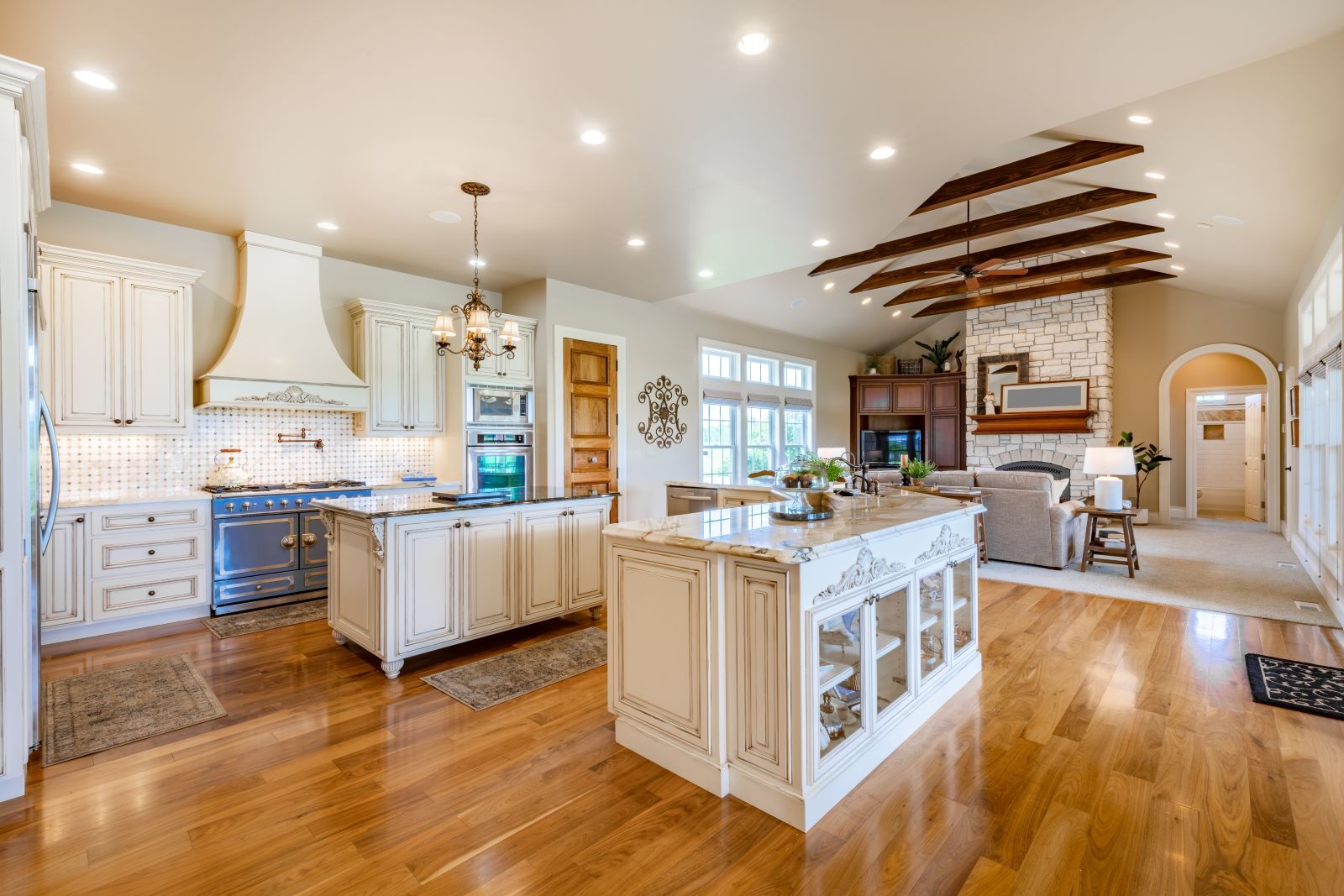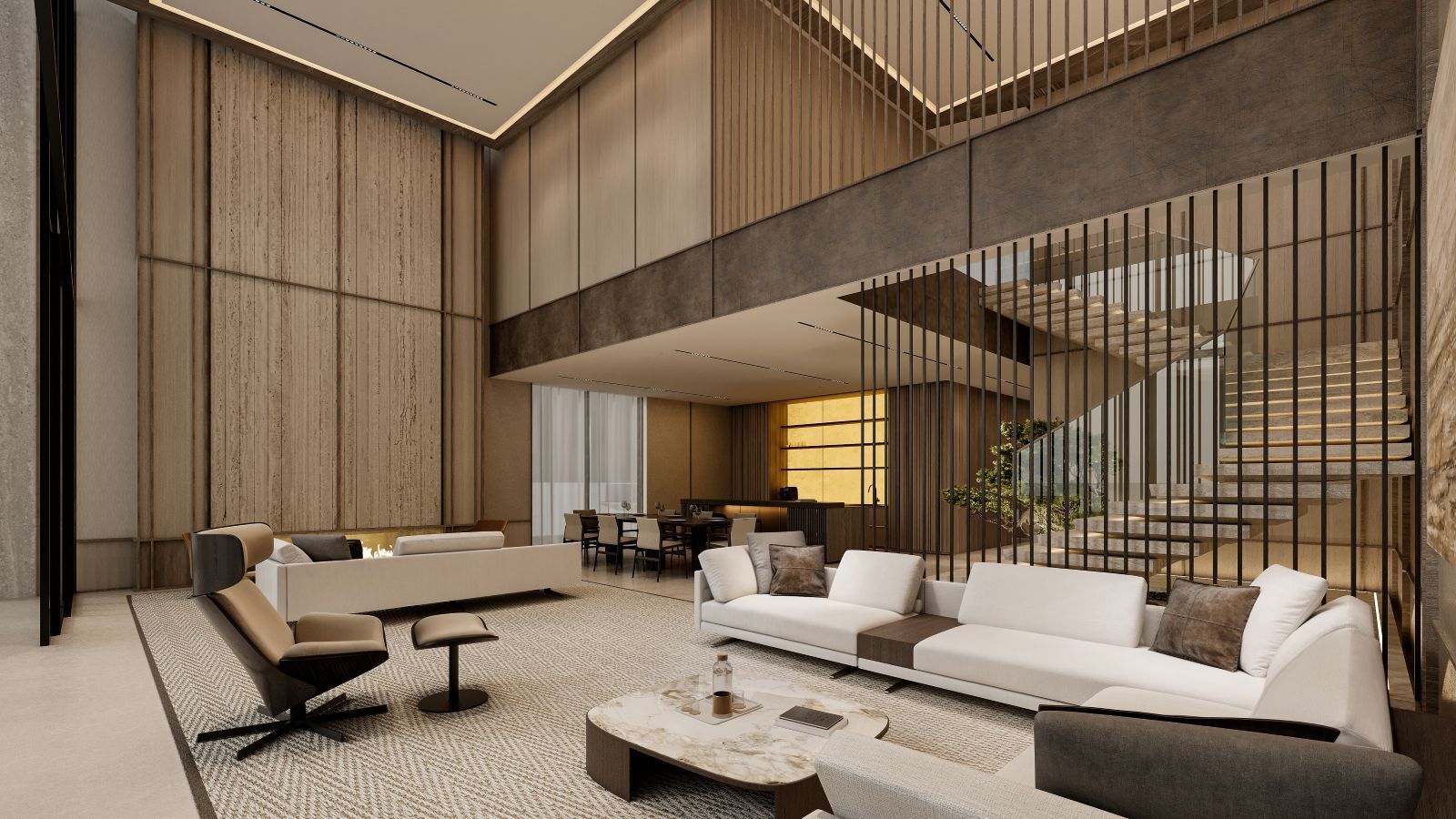Gothic Architecture: The Rise, Fall, and Revival
The term Gothic might conjure a range of disparate images: the brooding spires of a rain-soaked cathedral, the wind-swept moors of a Brontë novel, or even a dark and moody aesthetic rooted in subculture. Beyond the literary and romantic however, lies an architectural movement of extraordinary ingenuity, shaped by centuries of faith, innovation and cultural exchange.
The earliest examples of Gothic architecture appear in 12th century France, but by the turn of the 16th century, the term ‘Gothic’ was increasingly used as a pejorative. Italian architect Giorgio Vasari famously dismissed the style as a “barbarous German manner” symbolic of the fall of the Western Roman Empire. In his eyes, Gothic architecture was an aberration – a rupture from the balanced symmetry and rational clarity of classical antiquity.
The name itself comes from the Goths, the East Germanic tribes whose sack of Rome came to mark the fall of a golden age. In blaming them for the cultural decay of the Roman world, the label ‘Gothic’ became shorthand for architectural decline – an aesthetic scapegoating of sorts.

Global Influences and Architectural Ingenuity
Sir Christopher Wren, the acclaimed English architect and astronomer, controversially attributed the origins of Gothic architecture to Islamic (then known as ‘Saracenic’) design. Though he disliked the Gothic style, he still acknowledged its technical achievements – particularly in vaulting, which had already been mastered across the Byzantine Empire and the Islamic world. Hagia Sophia in Constantinople, completed in the 6th century, is a clear early example of this, with its soaring domes and complex geometries.
In reality, Moorish Spain, Byzantine engineering, Crusader-era contact zones, and Northern Romanesque structures all fed into its development. The grand Gothic structures we see today – Westminster Palace and Notre-Dame, for instance – are the result of a slow and gradual aesthetic shift – a centuries-long mingling of ideas.
The Earliest Examples of Gothic Architecture
One of the first true expressions of early Gothic architecture is the Abbey Church of Saint-Denis in Île-de-France. Rebuilt under Abbot Suger in the 1140s, Saint-Denis unified two key innovations: rib-vaulted ceilings and the pointed arch. These features made it possible for churches to soar higher than ever before, opening up vast wall spaces for the stained-glass windows that Suger believed would draw worshippers closer to the divine.
From Saint-Denis, the style spread rapidly across northern France. Construction of the magnificent Chartres Cathedral began in 1194, and it remains a near-perfect embodiment of early Gothic principles, with its flying buttresses, large arched windows, and colossal nave walls that were once unprecedented in height. Chartres Cathedral is crowned by two sharp spires – an architectural symbol of heavenly ascension. Today, it’s one of Europe’s most historically significant cathedrals and is a designated UNESCO World Heritage Site.
The Evolution of The High Gothic
By the early 13th century, Gothic architecture had matured into something grander, taller, and more theatrically expressive. Often referred to as ‘High Gothic’, this phase of the movement was marked by greater structural confidence and a sharpened emphasis on intricacy. The most well-known example is the Notre-Dame de Paris.
Construction of the Notre-Dame first began in 1163 and took nearly two centuries to complete – a timeline that’s visible in the building itself. Its twin towers, elaborate rose windows, and sculptural façades reflect a style in transition, evolving as new techniques emerged. One of its most captivating features is the western façade, which depicts the narrative of the Last Judgement through stone sculptures and gargoyles. Its three rose windows stretch over 10 metres in diameter and still contain much of the original glass from the 13th century. While the cathedral suffered a devastating fire in 2019, restoration efforts have since returned it close to its former glory, with a rebuilt roof, spire, and towers.
Another significant example of High Gothic architecture is Reims Cathedral – the coronation church of the French monarchy during the Middle Ages. Known in French as the Cathédrale Notre-Dame de Reims, it’s almost entirely covered in sculpture: biblical figures stand alongside scenes of tradespeople and musicians, offering a window into both the sacred and the everyday life of medieval France. One of its most famous stone figures, the ‘Smiling Angel’, became a symbol of resilience during the First World War, when the cathedral was heavily damaged by shelling.
Gothic Revival Architecture
While scholars of the Renaissance once dismissed Gothic architecture as ‘barbarous’, Victorian-era Britain embraced it with fervour. The movement was driven in part by romanticism – a cultural shift that idealised the past as a time of faith and craftsmanship. It was also fuelled by critics of industrialisation, who saw the Gothic as more humane and artistic than the cold rationalism of the modern age (something of a spiritual antidote).
The most vivid expression of this revival is the Palace of Westminster in London. Rebuilt after a fire in 1834, the new Houses of Parliament were designed by Charles Barry, with exquisite Gothic detailing by Augustus Pugin. The result is a 300-metre sweep of ornate masonry along the Thames, with pointed spires, ribbed vaulting, and stained-glass panels bearing the crests of saints, monarchs and parliamentary constituencies. Its most famed feature is the Elizabeth Tower, better known as Big Ben.
Other notable Gothic Revival structures in the UK include St Pancras Station, the University of Oxford, and Castell Coch in Wales – a 19th-century fairytale-like castle high above the Welsh valleys.
Final Thoughts
Gothic design may be less common in contemporary architecture – sidelined by the clean lines and functionality of postmodernism – but it remains one of the most enduring. Many of its greatest and oldest buildings, from Chartres to Reims, still stand in remarkable condition after more than eight centuries.
A rare modern continuation of the style is Gaudí’s Sagrada Família in Barcelona, which has been under construction since the 19th century. Set for completion in 2026, it reimagines the principles of Gothic architecture through a deeply artistic, surrealist lens, with extraordinary ornamentation across its 18 spires. It’s a fitting reminder that even in the age of glass and steel skylines, there’s still space for a style that puts emotion and complexity above all else.


